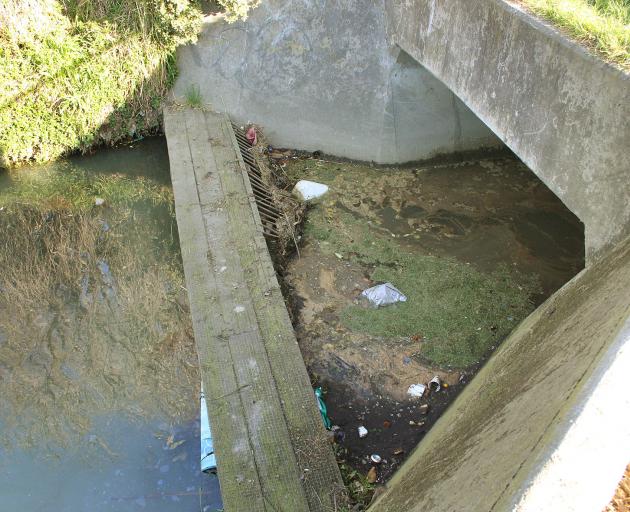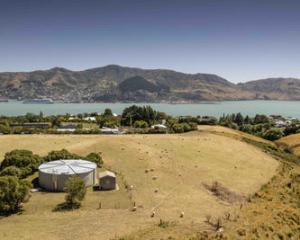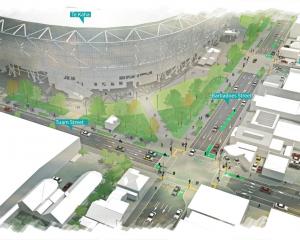
The Christchurch Surface Water Quality Report 2021 includes 11 new monitoring sites set up to give Christchurch City Council a better understanding of the state of rivers and streams.
Council waterways ecologist Dr Belinda Margetts said the report is an analysis of monthly data collected at 51 sites across the city and Banks Peninsula last year.
The 11 new monitoring sites are at Ōpāwaho-Heathcote River at Warren Cres, Steamwharf Stream (Ōpāwaho-Heathcote River catchment), Huritini-Halswell River at Wroots Rd, Aylmers and Balguerie Streams in Akaroa, Stream Reserve Drain and Zephyr Stream in Governors Bay, Ihutai-Avon-Heathcote Estuary, Cass Bay, Akaroa Harbour, and Lyttelton Harbour.
The results for most of the sites had remained steady since 2007, said Margetts, who leads the research.
However, the water quality at some sites had improved while others had deteriorated, she said.

The worst sites were the Curletts Road Stream at the motorway (Ōpāwaho-Heathcote River catchment), Nottingham Stream at Candys Rd (Huritini-Halswell River catchment), Haytons Stream (Ōpāwaho-Heathcote River catchment), and Addington Brook (Ōtākaro-Avon River catchment).
"The Huritini-Halswell River catchment did not meet many of the water quality standards and recorded the poorest water quality," Margetts said.
"One of our new monitoring sites, Nottingham Stream, has highlighted that this waterway has poor water quality.
"This wasn’t on our radar before and its poor water quality will be due to contaminants entering the waterway from both urban and rural land use."
The council uses the water quality information - along with sediment quality and aquatic insect data - to create waterway report cards for each of the city’s five main river catchments. The catchments are given scores from ‘A’ (very good health) to ‘E’ (very poor health).
No waterway has scored an A or an E over the past three years. The Ōtūkaikino River catchment again recorded the highest score (B), Pūharakekenui-Styx River catchment scored a C and Ōtākaro-Avon River, Huritini-Halswell River and Ōpāwaho-Heathcote River catchments all scored Ds.
Margetts said, like most cities, Christchurch waterways suffer from "urban stream syndrome".
"Our waterways are contaminated with run-off from hard surfaces such as roofs, driveways and roads, and with faecal contaminants from waterfowl and dog droppings," she said.
"The council, other organisations and landowners are working hard to improve the health of our waterways, especially through improving the quality of the water and carrying out restoration projects, but it may take many years to see this work flow through to a big improvement in water quality."
The 2021 surface water quality report recommends council:
- Prioritises Curletts Road Stream, Nottingham Stream and Addington Brook for contaminant source control and stormwater treatment.
- Prioritises sediment control, particularly in the Ōpāwaho-Heathcote River and Cashmere Stream.
- Cements a whole-of-community approach to addressing stormwater contaminants through the Community Waterway Partnership.
- Investigates faecal contamination, particularly from waterfowl, to identify how best to reduce levels.
- Develops an action plan for achieving the Healthy Water Bodies Community Outcome.













